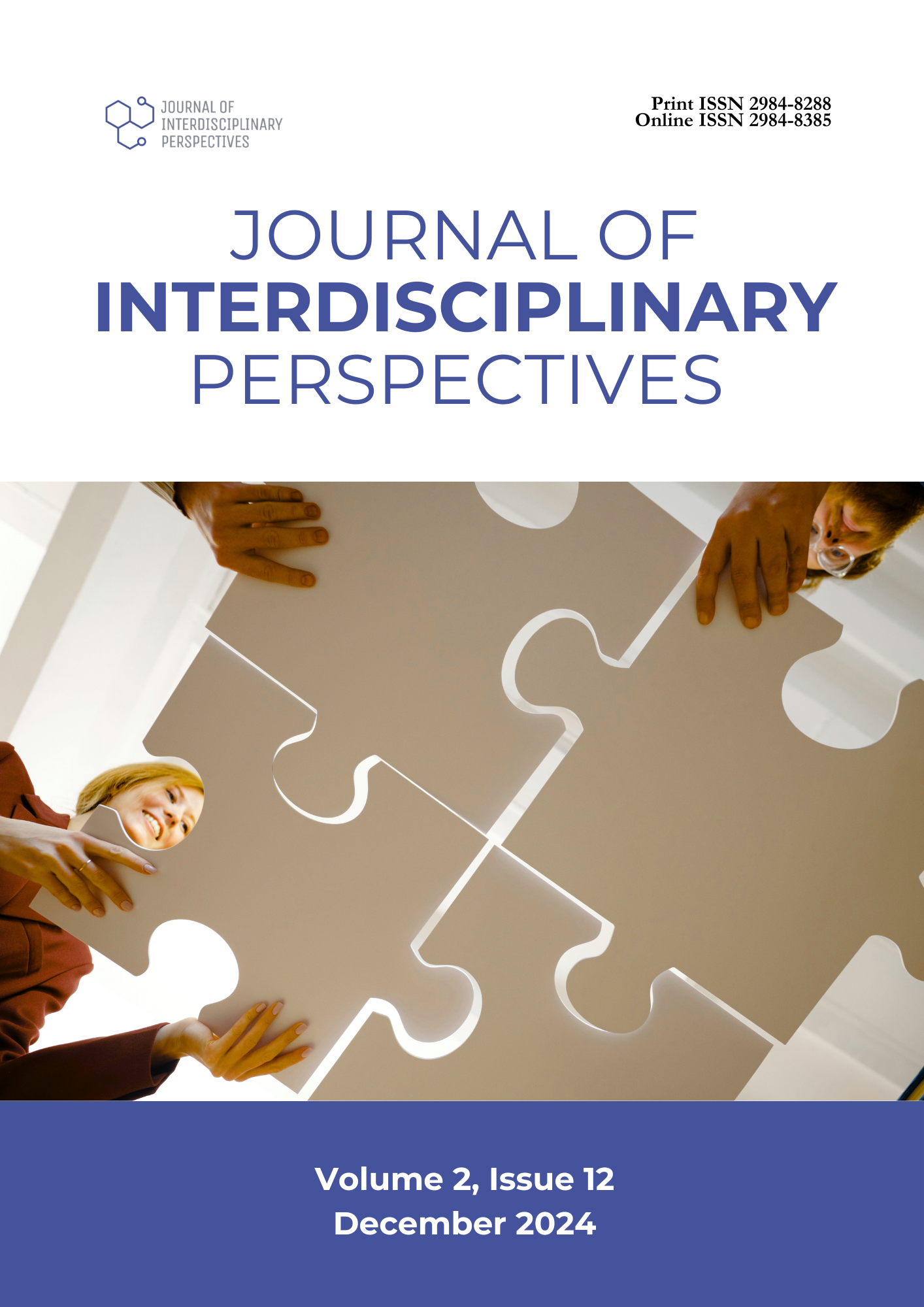Development and Validation of Strategic Intervention Materials (SIMs) in Projectile Motion for Science 9
DOI:
https://doi.org/10.69569/jip.2024.0466Keywords:
Strategic Intervention Materials (SIMs), Projectile Motion, Science 9, Curriculum development, Instructional materialsAbstract
While Strategic Intervention Materials (SIMs) are widely used, empirical research on their impact on learners’ understanding of projectile motion in Science 9 is limited. Existing studies typically focus on general science concepts, leaving a gap in evaluating the effectiveness of SIMs tailored to specific topics, such as motion in two dimensions. Many learners struggle with misconceptions about projectile motion, particularly viewing horizontal and vertical motion as interdependent rather than independent. Current SIMs often fail to address these misconceptions, contributing to underperformance. The study aimed to develop and validate instructional materials—specifically SIMs—to reteach topics deemed “least mastered” by learners in projectile motion. The developed SIMs were validated by experts through experimental and descriptive evaluative methods and were found to be highly valid and acceptable in both content and technical aspects. To evaluate their effectiveness, 136 heterogeneous Grade 9 learners from public (68) and private schools (68) were divided into control and experimental groups, with 34 learners in each group. The experimental group was taught using the developed SIMs, while the control group followed conventional teaching methods. Pre- and post-tests were administered, and data were analyzed using means and t-tests. The findings revealed a significant difference in academic achievement between the groups, with the experimental group demonstrating better results. This indicates that the SIMs effectively supported the learning process in projectile motion and helped learners master the least-mastered competencies. The study recommends continuous revision and expert validation of the SIMs to enhance their effectiveness. Feedback from learners’ post-usage is essential for ongoing improvement, and further research should explore additional least mastered competencies in Science 9. Additionally, professional development for Science teachers through seminars and training should be provided to support effective SIM implementation.
Downloads
References
Asuncion, J.L. (2013). Development and validation of strategic intervention materials in English 6 (Thesis). Manila: National Library of the Philippines. Babbie, E. (2015). The practice of social research. Cengage Learning.
Campbell, D.T., & Stanley, J.C. (1963). Experimental and quasi-experimental designs for research. Houghton Mifflin.
Creswell, J.W., & Creswell, J.D. (2018). Research design: Qualitative, Quantitative, and Mixed Methods Approaches. SAGE Publications. Creswell, J.W., & Clark, V.L.P. (2018). Designing and conducting mixed methods research. Sage Publications.
CollegeVine. (2024). Seeking the hardest science subject. Retrieved from https://tinyurl.com/4nbp9xz2
Dacumos, L.P.N. (2016). Perspective of secondary teachers in the utilization of science strategic intervention material (sim) in increasing learning proficieny of students in science education. AsTEN Journal of Teacher Education, 1(2), 1-15. https://tinyurl.com/4ympy57t
de Dios, A.C. (2013). The national achievement test in the Philippines. Retrieved from https://tinyurl.com/mr3jdfue
Debon, M. (n.d.). Hardest IGCSE subjects: A comprehensive guide to tackling difficulties in your studies. Retrieved from https://tinyurl.com/46n9rwvy Dela Cruz, M. (n.d.). Effects of lack of instructional material. Retrieved from https://tinyurl.com/5xmawwbd
Dy, J. (2007). Strategic intervention materials (sims) in teaching science iv (Unpublished Doctoral Dissertation). Bicol: Bicol University.
Elkington, J. (2015). The Elkington Report: Should governments make emerging technologies a priority? Retrieved from https://tinyurl.com/3pexxwr6
Galvez, D.M.P., & Reyes, R.C. (2023). Identifying factors influencing the science proficiency of Filipino students in the PISA 2028 using machine learning. Proceedings of the Samahang Pisika ng Pilipinas, 41, SPP-2023-1H-03.
Gurobat, P.M.N., & Lumbu-an, J.D. (2022). Challenges encountered in the implementation of the education program among senior high school students in the Philippines. Indonesian Journal of Educational Research and Technology, 2(1), 65-70. https://doi.org/10.17509/ijert.v2i1.41225
Levy, P.S., & Lemeshow, S. (2013). Sampling of populations: Methods and applications. John Wiley & Sons.
Limbago-Bastida, R.A.C., & Bastida, G.L. (2022). Effectiveness of strategic intervention material on the learning outcomes of students. European Journal of Social Sciences Studies, 7(4), 1-14. http://dx.doi.org/10.46827/ejsss.v7i4.1249
Luzano, J.F. (2020). Development and validation of strategic intervention materials (sims) of the selected topics in trigonometry of precalculus discipline in senior high school. Journal of Mathematics and Statistics Studies, 1(2), 26-37. http://dx.doi.org/10.32996/ijllt.2020.1.2.3
Martinez, E. (2019). Effectiveness of strategic intervention materials (sim’s) in science for grade 8. Ascendens Asia Journal of Multidisciplinary Research Abstracts, 3(2B). https://tinyurl.com/2s3c8vx2
Reyes, R. (2024). Why is the Philippines’ K to 12 implementation failing? Retrieved from https://tinyurl.com/2w4u5255
Robinson, O.C. (2014). Sampling in interview-based qualitative research: A theoretical and practical guide. Qualitative Research in Psychology, 11(1), 25-41. https://doi.org/10.1080/14780887.2013.801543
Sanguenza, R., & Gamao, W.E. (2021). Utilization of strategic intervention materials (sim): Accounts of public elementary teachers. The Rizalian Researcher, 8(1), 1-11. https://ejournals.ph/article.php?id=20183
SLA-PH. (2024, January 9). PISA results an opportunity to accelerate progress in education quality. News, Policy Research and Advocacy. Retrieved from https://tinyurl.com/j2bp7fae Stake, R.E. (2010). Qualitative research: Studying how things work. Guilford Press.
Statistics Solutions. (n.d.). Cronbach’s alpha. Retrieved from https://tinyurl.com/3mk2j6my
Weselby, C. (2014). What is differentiated instruction? Examples of how to differentiate instruction in the classroom. Retrieved from https://tinyurl.com/2aebd22d Yin, R.K. (2014). case study research: design and methods. Sage Publications.
Downloads
Published
How to Cite
Issue
Section
License
Copyright (c) 2025 Journal of Interdisciplinary Perspectives

This work is licensed under a Creative Commons Attribution-NonCommercial 4.0 International License.








